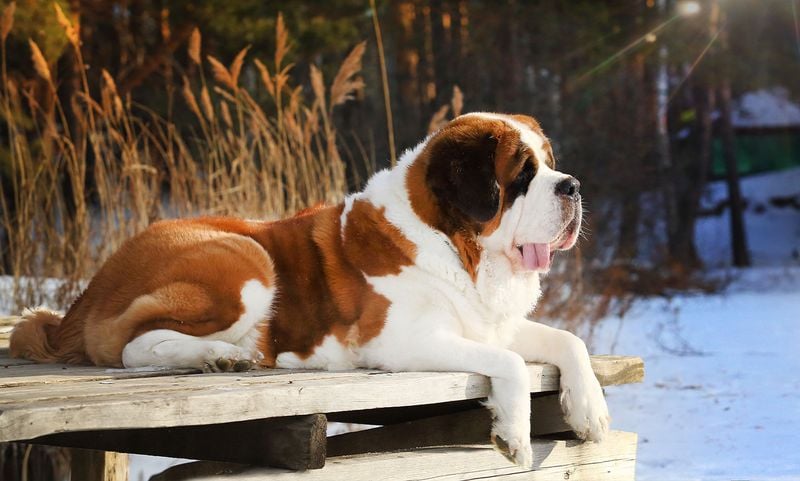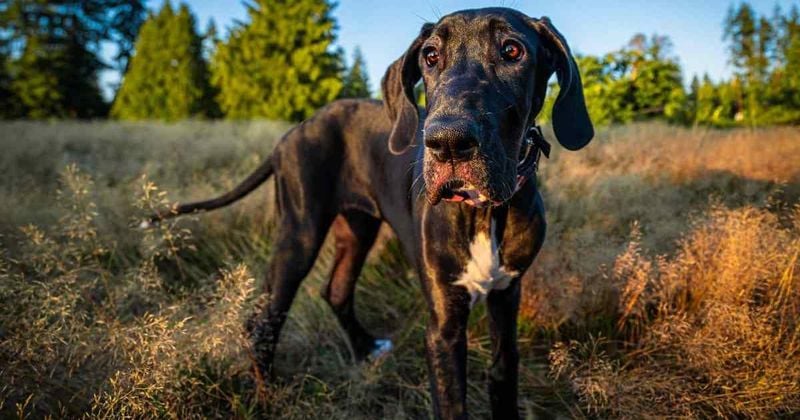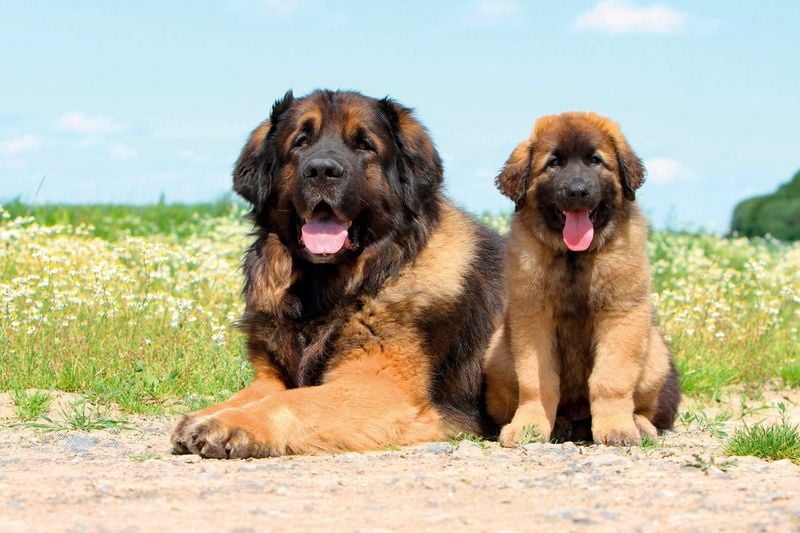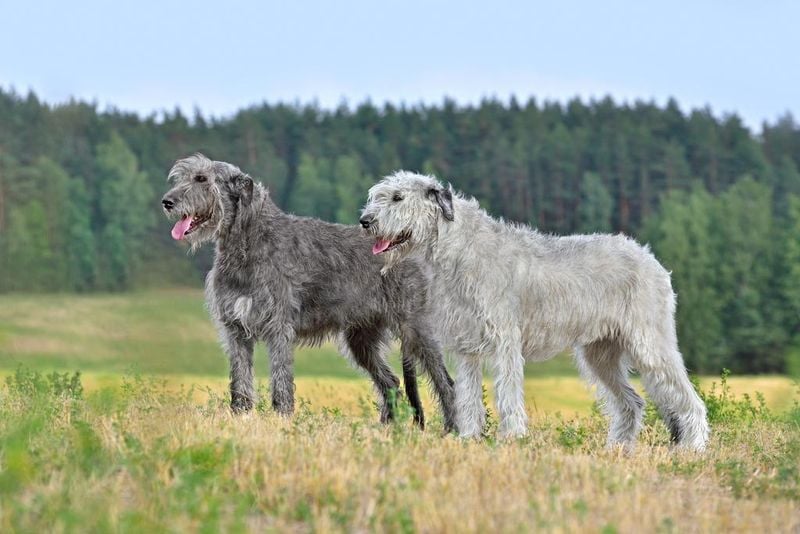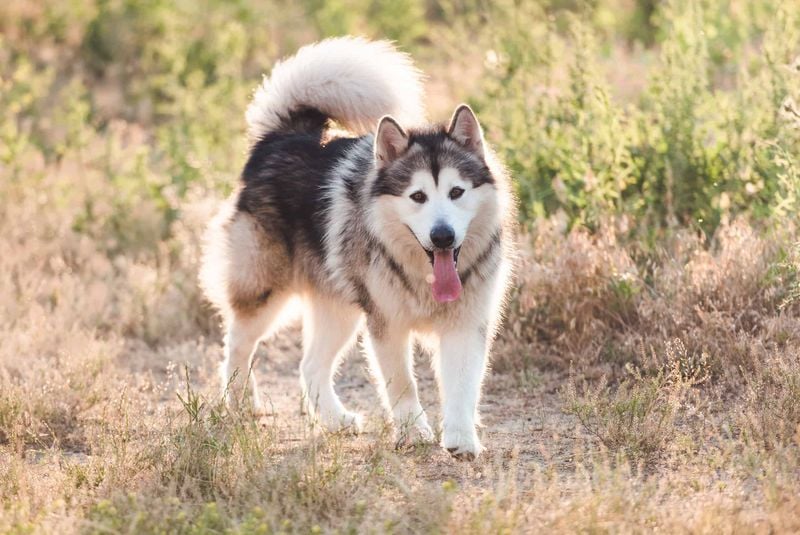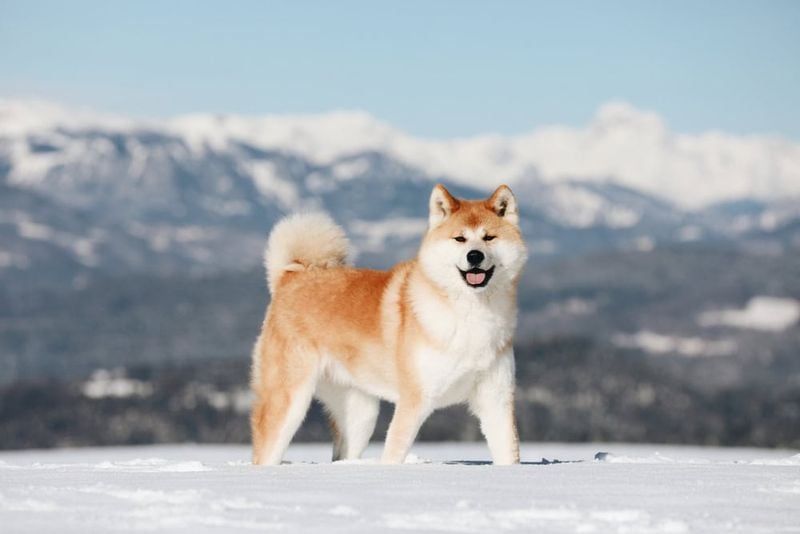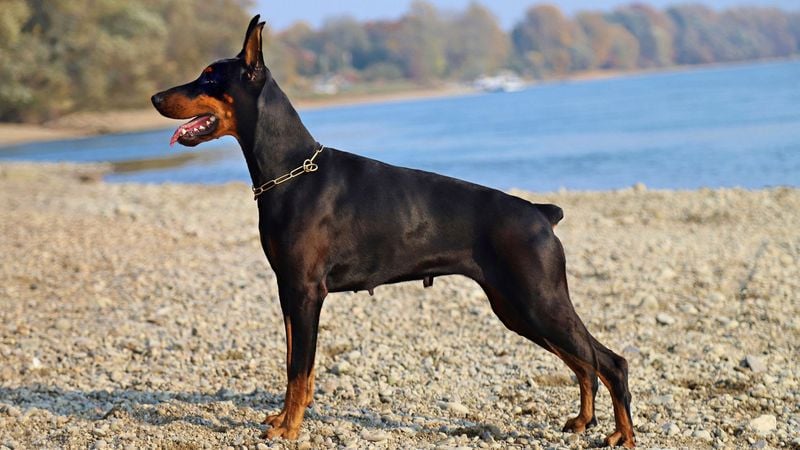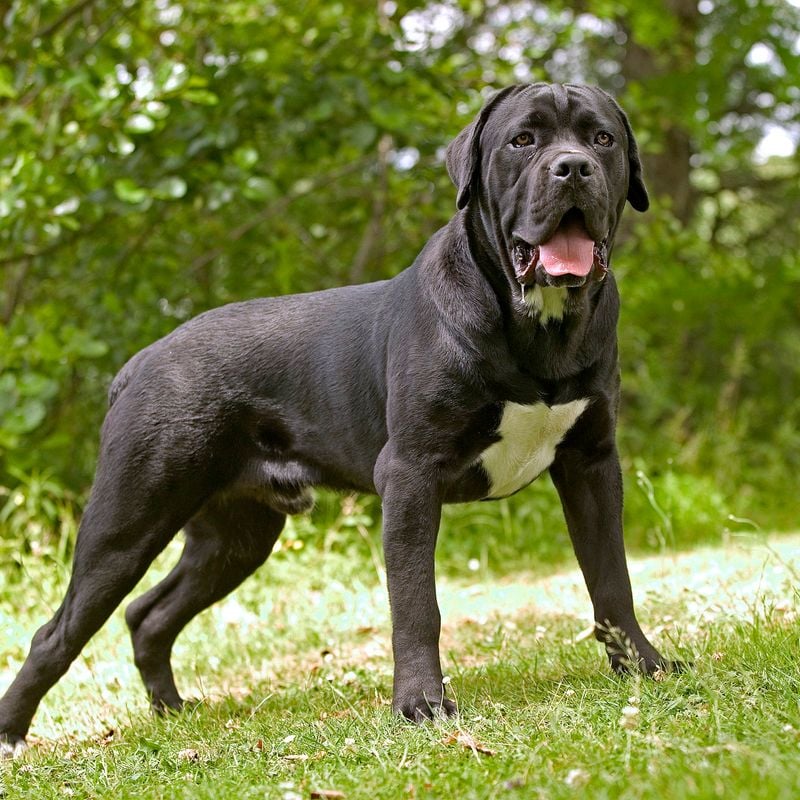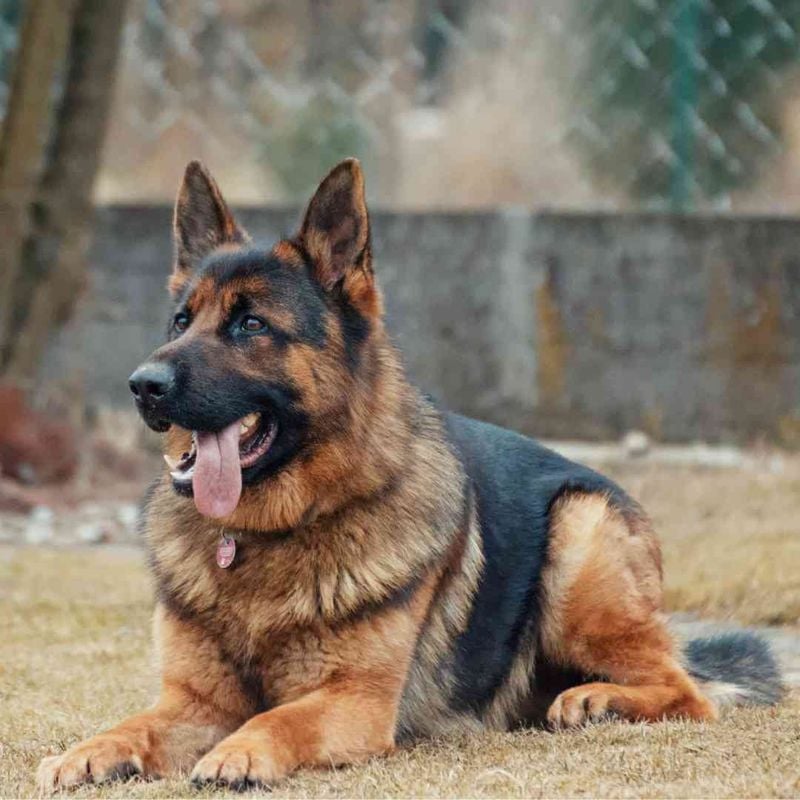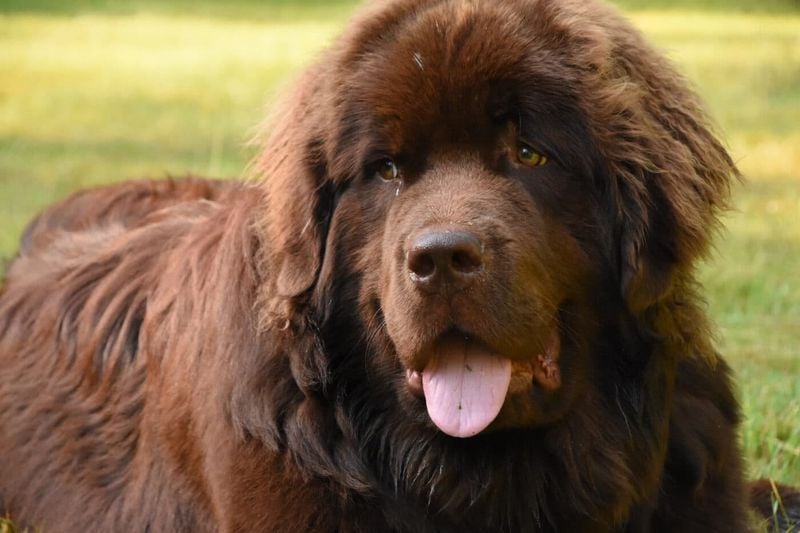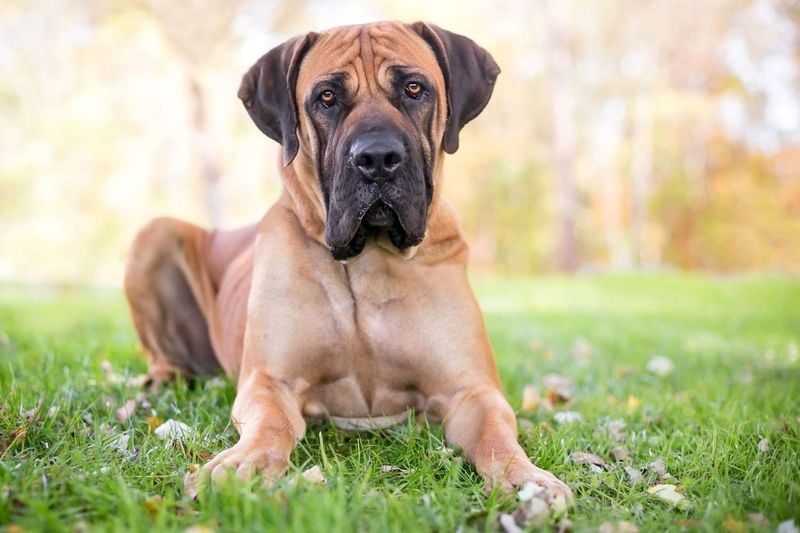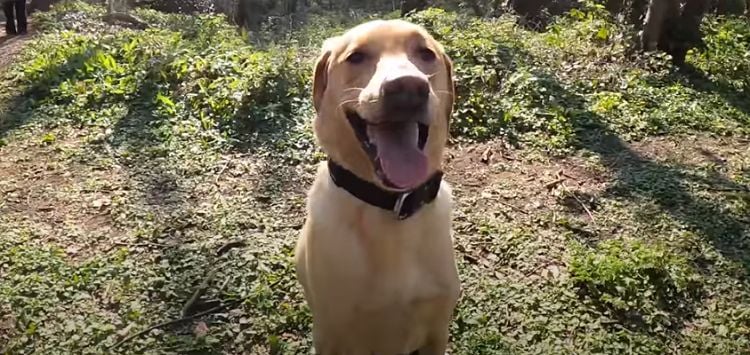14 Large Dogs That Might Be Too Much for Most Households
Big dogs can bring enormous joy and love into our lives, but they also come with supersized challenges. There’s something irresistibly heartwarming about a massive pup leaning into your lap for a cuddle or standing guard like a loyal sentinel. These gentle giants often form deep bonds with their families and offer unmatched devotion. But behind their majestic presence lies a reality that many potential dog owners overlook.
Large breeds demand a lot—space to move, food to fuel their powerful bodies, and often specialized veterinary care. Their joints are more vulnerable, their energy levels can be through the roof, and when behavioral issues arise, managing them isn’t as simple as redirecting a smaller dog. Even the sweetest big dog can become difficult to handle without proper training, structure, and experience.
That’s not to say these dogs don’t make incredible companions. In the right home, many of them thrive and give back tenfold. But if you’re short on space, time, or experience, certain large breeds may not be a great match—no matter how cute they are as puppies.
Before bringing home a gentle giant, it’s crucial to assess whether your lifestyle can meet their needs. From daily exercise to socialization, grooming to health monitoring, these breeds require thoughtful, consistent care. Choosing a dog is a long-term commitment, and making an informed decision helps both you and the dog lead happier lives.
Here are 14 large dog breeds that, while impressive and lovable, may be best avoided if you’re not fully prepared for the responsibility.
1. Saint Bernard: Mountain-Sized Love With Mountain-Sized Needs
These lovable giants weigh up to 180 pounds and were originally bred for mountain rescues in the Alps. Their droopy jowls mean constant drool cleanup, while their thick double coats shed tremendously twice yearly.
Saint Bernards need moderate exercise but struggle in hot weather due to their heavy coats. They’re typically gentle with children but can accidentally knock them over simply by turning around in a small space.
Medical costs run high with this breed – from joint issues to potential heart problems. Their 8-10 year lifespan is shorter than smaller breeds, making the emotional investment particularly heavy for families unprepared for their relatively brief companionship.
2. Great Dane: Apartment-Unfriendly Apollo of Dogs
Standing nearly three feet tall at the shoulder, Great Danes are often called “gentle giants” for good reason. Despite their intimidating size—often weighing 140-175 pounds—they typically possess sweet, people-pleasing temperaments.
Unfortunately, their massive frames come with significant health concerns. Heart disease, bloat, and hip dysplasia plague the breed, resulting in heartbreakingly short lifespans of just 7-10 years. Monthly food costs alone can exceed $100.
Great Danes require thoughtful training early on, as an untrained adult can easily pull owners down the street or clear coffee tables with a single swipe of their powerful tail. Their size makes them unsuitable for small living spaces.
3. Mastiff: Ancient Guardians With Modern Housing Problems
Mastiffs represent one of the oldest dog bloodlines, with ancestors appearing in ancient artwork dating back thousands of years. Their massive frames can reach 230 pounds, making them among the heaviest dog breeds in the world.
Their protective nature makes them excellent guardians, but they require substantial socialization to prevent overprotectiveness. A Mastiff’s deep bark alone can frighten visitors, while their sheer mass makes them challenging in smaller homes.
Expect considerable expenses with this breed—from reinforced furniture to specialized large-breed food. Their slobbering can reach impressive distances, requiring constant cleanup. With short lifespans averaging 6-10 years, these gentle giants often leave families heartbroken far too soon.
4. Irish Wolfhound: Tallest of All Breeds With Shortest of Lives
Reaching heights of up to 35 inches at the shoulder, Irish Wolfhounds tower over most dogs and many humans when standing on hind legs. Their ancient lineage traces back to Roman times, when they hunted wolves in Ireland’s rugged landscapes.
Despite their imposing stature, these dogs possess remarkably gentle, laid-back personalities. However, their massive size requires equally massive space—small apartments simply won’t do. Their wiry coats need regular brushing and occasional professional grooming.
Perhaps most heartbreaking is their tragically short lifespan of just 6-8 years. Health issues like heart disease and bone cancer are common, making both emotional and financial costs substantial for families who fall in love with these majestic giants.
5. Alaskan Malamute: Arctic Powerhouses Need Arctic-Sized Yards
Bred for hauling heavy loads across frozen landscapes, Malamutes pack incredible strength into their 85-100 pound frames. Their thick double coats—designed for sub-zero temperatures—create blizzards of fur during shedding season twice yearly.
These dogs possess nearly boundless energy and require serious daily exercise. A bored Malamute quickly becomes destructive, digging enormous holes and demolishing furniture with powerful jaws. Their strong prey drive makes them challenging around smaller pets.
Malamutes aren’t just physically demanding—they’re intellectually challenging too. Their independent, stubborn nature tests even experienced dog owners. Combined with their howling vocalizations that neighbors won’t appreciate, these beautiful arctic dogs overwhelm most suburban households despite their undeniable charm and loyalty.
6. Akita: Dignified Japanese Guards With Strong Opinions
Akitas carry themselves with a regal dignity that reflects their noble Japanese heritage as imperial guardians. Their loyalty to family members runs incredibly deep, but this same trait makes them naturally suspicious of strangers and sometimes aggressive toward other dogs.
These powerful 100-130 pound dogs require experienced owners who understand canine body language and dominance. Training challenges abound with their independent, sometimes stubborn nature. Their thick double coats shed profusely—”blowing coat” twice yearly creates fur tornados throughout the home.
Health concerns include hip dysplasia and autoimmune disorders that can lead to significant veterinary expenses. While their cleanliness and cat-like grooming habits are appealing, their strong-willed personalities and territorial instincts make them poorly suited for novice dog owners or multi-pet households.
7. Rottweiler: Power and Protection That Demands Proper Training
Rottweilers carry an ancient lineage dating back to Roman times, when they drove cattle and protected camps. Today’s Rotties retain powerful protective instincts that require extensive socialization from puppyhood to prevent inappropriate aggression.
Weighing 80-135 pounds of solid muscle, these dogs possess jaw strength that ranks among the strongest of all breeds. Their exercise needs remain high throughout life—bored Rottweilers often become destructive or develop behavioral problems that can be difficult to correct.
Health issues like hip dysplasia, heart problems, and cancer affect many Rottweilers, creating significant veterinary expenses. While devoted and even goofy with family members, their serious demeanor with strangers and powerful physical presence makes them inappropriate for homes without experienced, confident handlers.
8. Doberman Pinscher: Sleek Protectors With Intense Energy Needs
Originally bred as personal protection dogs in 19th century Germany, Dobermans combine lightning-fast reflexes with impressive intelligence. Their sleek, athletic bodies can reach speeds of 32 mph and require substantial daily exercise to prevent destructive behaviors born from boredom.
Dobermans form intense bonds with their families and can become anxious when separated from them. This breed’s sharp intelligence demands mental stimulation alongside physical exercise. Without proper training, their protective instincts can develop into problematic behaviors.
Health concerns include cardiomyopathy, which affects many Dobermans and can lead to sudden death. While more apartment-friendly than some large breeds due to their short coats, their exercise requirements and tendency to vocalize when alert make them challenging neighbors in close living situations.
9. Cane Corso: Italian Masterpieces of Muscle and Guardian Instinct
Descended from Roman war dogs, the Cane Corso combines imposing physical presence with sharp territorial instincts. Males can weigh up to 120 pounds of solid muscle with minimal body fat. Their short coats may seem low-maintenance, but their drooling can reach impressive distances.
These dogs possess natural guarding abilities that require no training to emerge—but they do need extensive socialization to distinguish between genuine threats and normal visitors. Without proper boundaries, their protective nature can become problematic.
Cane Corsos mature slowly, remaining puppyish until age 3 despite their intimidating size. Their exercise needs remain high throughout life, requiring dedicated daily activity. While deeply loyal to family, their aloof nature with strangers and powerful physicality makes them unsuitable for inexperienced owners.
10. Belgian Malinois: Working Dogs That Need Constant Jobs
Made famous through military and police work, Belgian Malinois possess drive and energy levels that overwhelm typical pet homes. These 40-80 pound dogs might seem manageable size-wise, but their mental and physical needs exceed most large breeds.
A bored Malinois quickly becomes destructive—chewing through drywall, digging under fences, or developing obsessive behaviors. Their high prey drive makes them challenging around smaller pets or wildlife. Training must be consistent and ongoing throughout their lives.
While incredibly intelligent and capable of learning complex tasks, this same intelligence becomes problematic without proper outlets. They form intense bonds with handlers but can become overprotective without socialization. Despite their popularity in working roles, the Belgian Malinois ranks among the most surrendered breeds when placed in typical family homes.
11. German Shepherd: Intelligence and Versatility With High Demands
German Shepherds rank among the world’s smartest dogs, capable of learning complex tasks with minimal repetition. This intelligence becomes a double-edged sword in pet homes—without mental stimulation, they quickly develop problem behaviors out of sheer boredom.
Their exercise needs remain high throughout life, requiring daily vigorous activity beyond casual walks. German Shepherds shed profusely year-round, with seasonal “blowouts” that can fill vacuum canisters daily. Their loyalty sometimes manifests as separation anxiety when left alone for long periods.
Health concerns plague the breed, particularly hip and elbow dysplasia that can require expensive surgeries. While their versatility makes them excellent working partners, their need for consistent training, exercise, and mental challenges exceeds what many families can realistically provide, despite their undeniable intelligence and devotion.
12. Newfoundland: Water-Loving Giants With Messy Tendencies
Nicknamed “Nanny Dogs” for their gentle nature with children, Newfoundlands can weigh up to 150 pounds and stand 28 inches tall. Their massive size alone creates challenges in average homes—from navigating furniture to finding adequate sleeping space.
Their thick, water-resistant double coats shed tremendously and collect debris when outdoors. Drool production reaches legendary status, with some owners installing dedicated “drool towels” throughout their homes. Despite moderate exercise needs, they require regular swimming opportunities to fulfill their natural instincts.
Health issues include hip dysplasia, heart problems, and bloat, creating significant veterinary expenses. While their sweet temperaments make them wonderful companions, their physical maintenance, space requirements, and shorter lifespans (8-10 years) make Newfoundlands impractical for many households despite their undeniable charm.
13. Dogo Argentino: Hunters and Athletes With Challenging Temperaments
Bred specifically for hunting large game like wild boar, the Dogo Argentino combines tremendous strength with lightning-fast reflexes. Their muscular 80-100 pound frames house powerful jaws and athletic abilities that demand knowledgeable handling.
These dogs require extensive socialization from puppyhood and experienced owners who understand pack dynamics. Their high prey drive makes them unsuitable for households with smaller pets. Some communities have breed-specific legislation restricting or banning Dogo Argentinos altogether.
While loyal and protective of family, their independent hunting instincts can override training in certain situations. Their short white coats sunburn easily, requiring special care outdoors. Exercise requirements remain high throughout life—a bored Dogo quickly becomes destructive or develops problem behaviors that can be difficult to correct.
14. Boerboel: South African Farm Guardians With Powerful Presence
Developed to protect South African homesteads from predators including lions, Boerboels combine massive strength with surprising agility. Males can weigh up to 200 pounds of solid muscle with natural guarding instincts that emerge without specific training.
These dogs require consistent leadership and clear boundaries from puppyhood. Their territorial nature necessitates careful management around visitors and extensive socialization to prevent inappropriate protectiveness. Exercise needs remain moderate but regular throughout life.
Boerboels bond deeply with family members but remain naturally suspicious of strangers. Their imposing physical presence alone deters most threats, but their willingness to act if necessary requires owners capable of controlling such a powerful animal. Homeowner’s insurance may be difficult to obtain with this breed in some areas.

